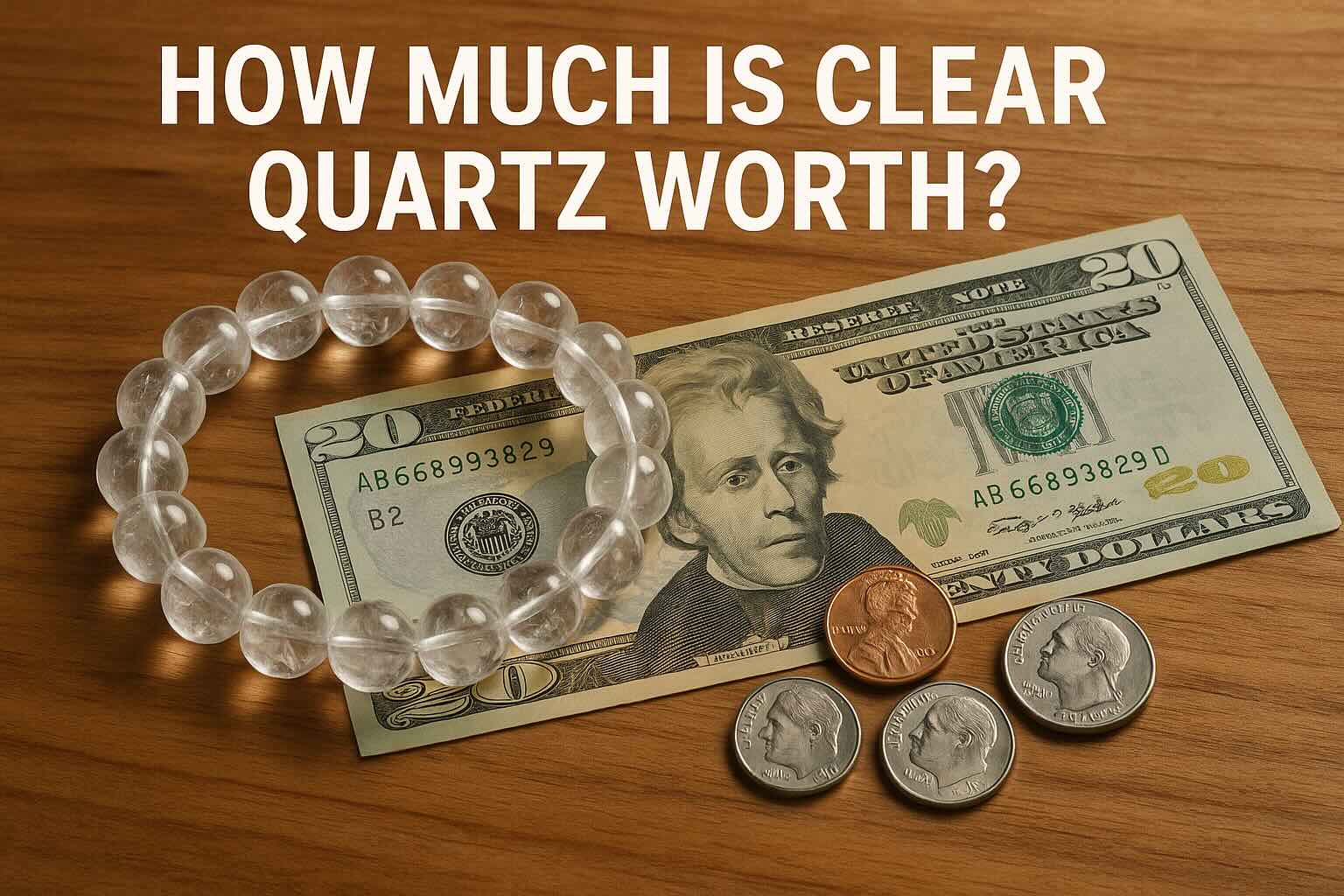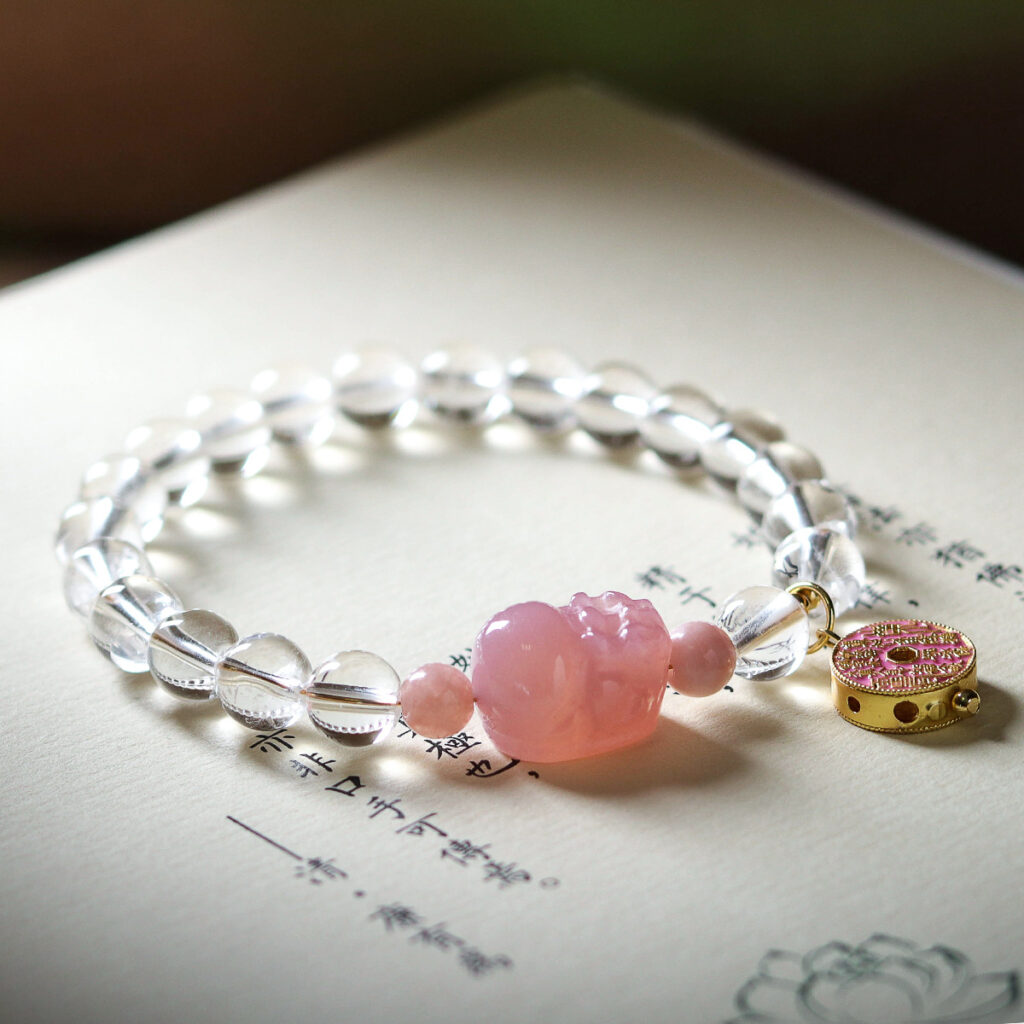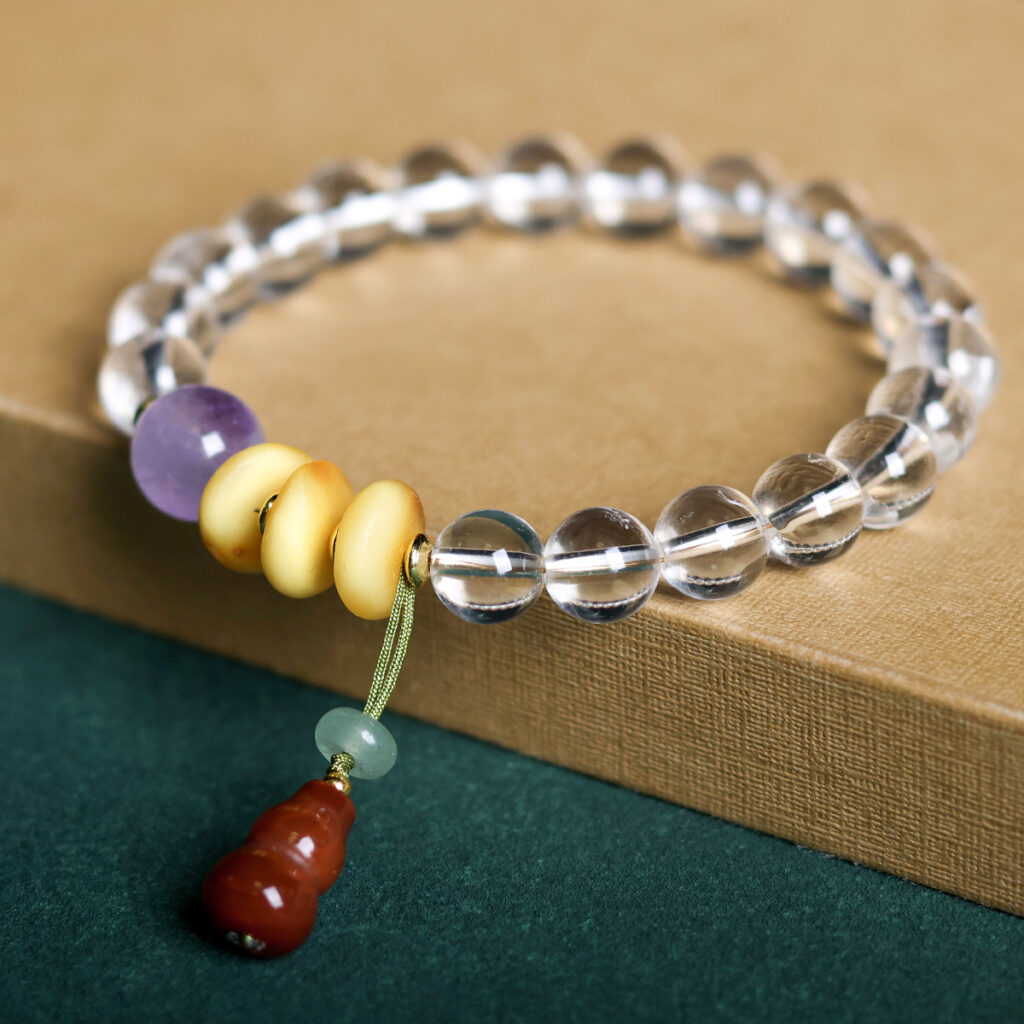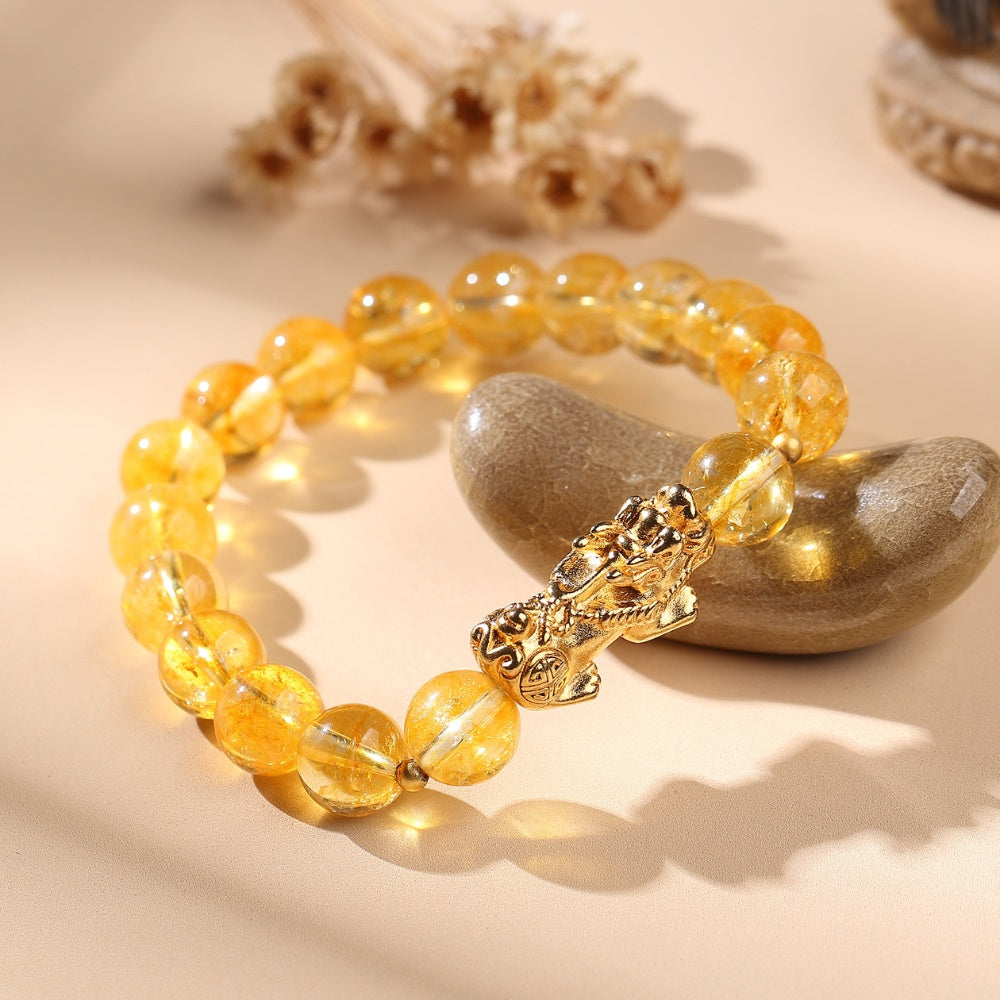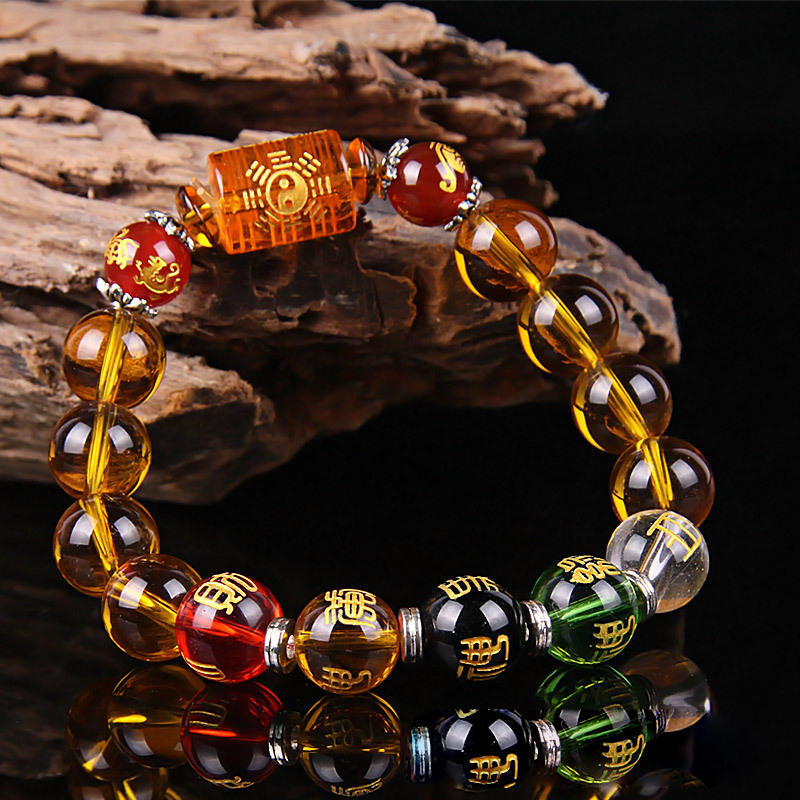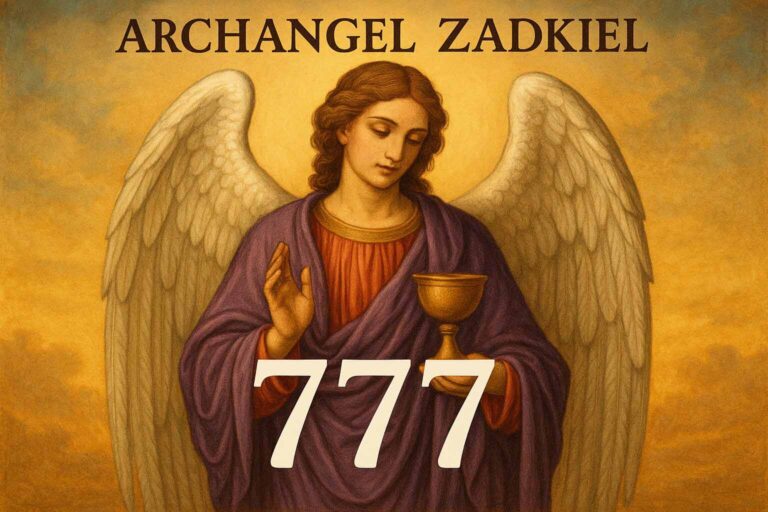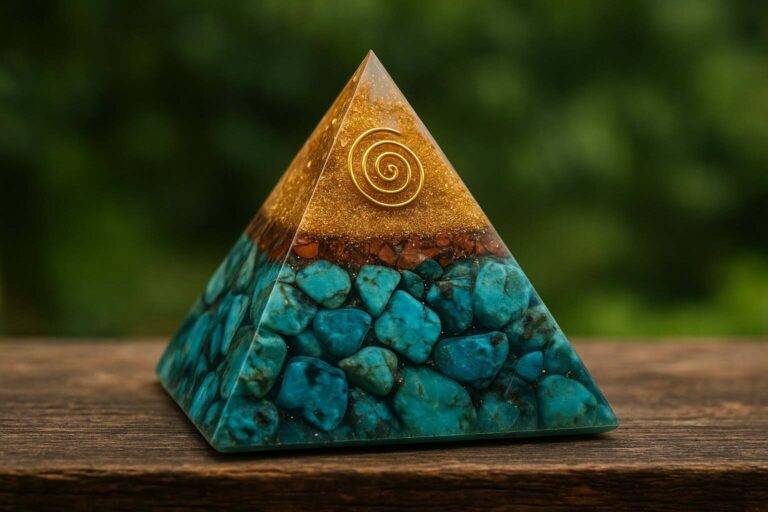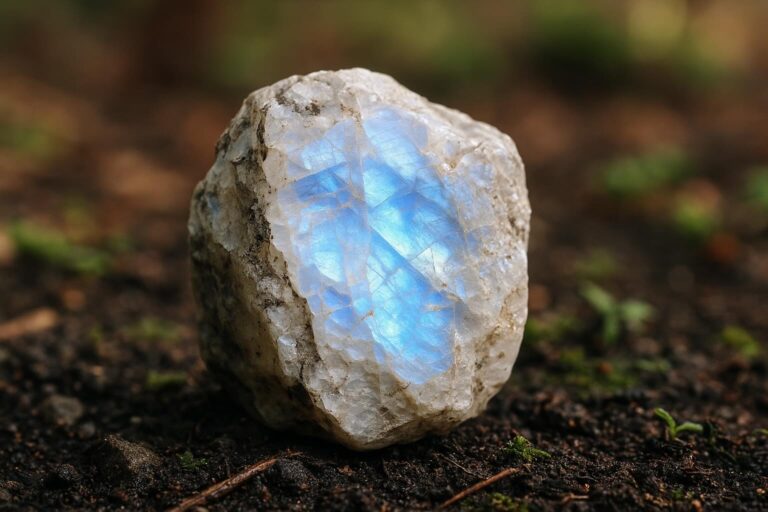How Much is Clear Quartz Worth: Complete Value & Price Guide
Clear quartz, often called the “Master Healer” of the crystal world, is one of the most abundant and accessible gemstones on Earth. Despite its prevalence, understanding the true value of clear quartz can be complex, as prices vary dramatically based on quality, size, cut, and intended use. This comprehensive guide will help you navigate the clear quartz market and determine what your crystals are truly worth.
In this article
- 1 Current Market Pricing Overview
- 2 Factors Affecting Clear Quartz Value
- 3 Market Segments and Pricing
- 4 Authentication and Quality Assessment
- 5 Investment and Collection Value
- 6 Regional Price Variations
- 7 Future Market Outlook
- 8 Frequently Asked Questions (FAQ)
- 8.1 Q: How much is clear quartz worth per kilogram?
- 8.2 Q: What makes some clear quartz more valuable than others?
- 8.3 Q: How can I tell if my clear quartz is valuable?
- 8.4 Q: Is clear quartz a good investment?
- 8.5 Q: How do I authenticate clear quartz?
- 8.6 Q: What’s the difference between natural and synthetic clear quartz?
- 8.7 Q: Where should I sell my clear quartz collection?
- 8.8 Q: How should I store clear quartz to maintain its value?
- 8.9 Q: Are treated clear quartz crystals worth less?
- 8.10 Q: What size clear quartz is most valuable?
Current Market Pricing Overview
The value of clear quartz spans an enormous range, from industrial-grade material costing pennies per kilogram to museum-quality specimens worth hundreds of dollars per piece. Here’s what you can expect to pay in 2025:
Raw Clear Quartz:
- Industrial grade: $0.01-$0.10 per carat
- Collector grade: $1-$7 per carat
- Premium specimens: $10-$50+ per carat
Bulk Pricing:
- Raw chunks: $15-$650 per kilogram
- Small tumbled stones: $15-$30 per pound
- Large display pieces: $50-$500+ depending on size and quality
Cut and Polished:
- Small jewelry stones: $1-$2 per carat
- Precision cut gems: $5-$15 per carat
- Custom cuts and carvings: $20-$100+ per piece
 Factors Affecting Clear Quartz Value
Factors Affecting Clear Quartz Value
1. Size and Weight
Size is one of the most significant factors in determining clear quartz value. Larger crystals are exponentially more valuable than smaller ones of similar quality because large, clear specimens are increasingly rare.
- Small specimens (under 1 inch): Often sold by weight, typically $1-$5 per piece
- Medium crystals (1-6 inches): Can range from $10-$100 depending on clarity
- Large specimens (over 6 inches): Premium pieces can command hundreds to thousands of dollars
- Museum-quality giants: Exceptional specimens like the 7,000-carat quartz in the Smithsonian represent the pinnacle of value
2. Clarity and Purity
Crystal clarity is perhaps the most critical quality factor. The grading system recognizes several levels:
AAA Grade (Premium):
- Completely transparent, water-clear appearance
- No visible inclusions, fractures, or cloudiness
- Sharp, well-defined crystal faces
- Commands highest prices in all size categories
AA Grade (High Quality):
- Very clear with minimal inclusions
- Slight haziness acceptable
- Good crystal formation
- Mid-range pricing
A Grade (Standard):
- Some visible inclusions or cloudiness
- Still attractive but not gem-quality
- Lower price point
B Grade and below:
- Significant inclusions, fractures, or opacity
- Primarily decorative or industrial use
- Lowest pricing tier
3. Crystal Formation and Cut
Natural crystal formation significantly impacts value:
Natural Points and Clusters:
- Single terminated points are highly valued
- Double-terminated crystals command premium prices
- Natural clusters with multiple points are collector favorites
- Unusual formations (skeletal, elestial, etc.) can be worth significantly more
Cut and Polish:
- Precision faceted gems for jewelry use
- Spheres, eggs, and geometric shapes for display
- Carved figurines and decorative objects
- Each cutting style requires different skill levels and time investment
4. Origin and Provenance
The source location can significantly affect value:
Premium Locations:
- Arkansas, USA: Famous for exceptional clarity
- Brazil: Large production, variable quality
- Madagascar: Known for unique formations
- Himalayan regions: Command premium for “spiritual” properties
Documentation:
- Certificates of authenticity
- Mining location verification
- Professional appraisals
- Chain of custody records
5. Treatment and Enhancement
Natural, untreated clear quartz commands higher prices than enhanced stones:
Natural (Most Valuable):
- No artificial treatments
- Color and clarity are entirely natural
- Highest collector and investment value
Heat Treated:
- Heated to enhance clarity
- Common practice, moderate price impact
- Should be disclosed by sellers
Irradiated or Dyed:
- Artificial color enhancement
- Significantly lower value
- Must be disclosed as treated
Market Segments and Pricing
Collector Market
Serious collectors focus on:
- Exceptional clarity and size
- Rare formations and inclusions
- Documented provenance
- Investment-grade specimens
Collector-grade pieces typically start at $50 and can reach thousands for museum-quality specimens.
Metaphysical and Healing Market
This growing segment values:
- Energy properties over visual perfection
- Specific formations (points, clusters, spheres)
- Size appropriate for healing practices
- Affordability for regular practitioners
Prices range from $5-$200 for most pieces used in healing practices.
Jewelry and Lapidary Market
Commercial jewelry use requires:
- Eye-clean clarity
- Consistent color
- Suitable hardness for setting
- Cost-effective pricing for mass production
Jewelry-grade clear quartz typically sells for $1-$15 per carat depending on cut quality.
Industrial Applications
The largest market by volume includes:
- Electronics manufacturing
- Optical components
- Abrasives and construction materials
- Scientific instruments
Industrial quartz sells for $0.01-$1 per kilogram depending on purity requirements.
Authentication and Quality Assessment
Identifying Genuine Clear Quartz
Physical Tests:
- Temperature: Natural quartz feels cool to the touch and stays cool longer than glass
- Weight: Genuine quartz is denser than glass imitations
- Hardness: Quartz rates 7 on the Mohs scale, harder than most glass
- Optical properties: Natural quartz has specific refractive index characteristics
Visual Inspection:
- Inclusions: Natural quartz often contains tiny mineral inclusions or growth patterns
- Clarity variations: Perfectly uniform clarity throughout may indicate synthetic material
- Crystal faces: Natural crystals show characteristic hexagonal crystal structure
- Internal stress: View through polarized light to see natural stress patterns
Professional Testing:
- Gemological examination: Professional gemologists can definitively identify natural vs. synthetic
- Spectroscopy: Advanced testing can determine origin and treatment history
- Certification: Reputable labs provide authentication certificates
Red Flags for Fake Quartz
Common Imitations:
- Glass: Too perfect clarity, air bubbles, lighter weight
- Acrylic plastic: Very light weight, warm to touch, scratches easily
- Lead crystal: Higher density, different optical properties
- Synthetic quartz: Too perfect, may lack natural inclusions
Warning Signs:
- Prices significantly below market value
- Seller reluctant to provide details about origin
- Lacks natural inclusions or growth patterns
- Perfect clarity in large sizes at low prices
 Investment and Collection Value
Investment and Collection Value
Factors That Increase Investment Potential
Rarity Factors:
- Exceptional size (over 12 inches)
- Perfect or near-perfect clarity
- Unusual formations or inclusions
- Documented famous locality specimens
Market Trends:
- Growing interest in natural minerals
- Increasing demand from healing practitioners
- Limited supply of high-quality specimens
- Rising collector awareness and education
Long-term Value Retention:
- Museum-quality pieces hold value best
- Rare formations appreciate over time
- Well-documented provenance adds premium
- Professional appraisals support value claims
Storage and Care for Value Preservation
Environmental Protection:
- Stable temperature and humidity
- Protection from direct sunlight
- Secure storage to prevent damage
- Regular cleaning with appropriate methods
Documentation:
- Maintain purchase records
- Professional appraisals every 3-5 years
- Photograph specimens for insurance
- Keep provenance documentation current
Regional Price Variations
North American Market
- Premium prices for domestic Arkansas specimens
- Strong collector market drives higher values
- Metaphysical market segment particularly active
- Average retail markup: 200-400% over wholesale
European Market
- Growing interest in investment-grade minerals
- Premium for certified natural specimens
- Strong museum and educational institution demand
- Generally higher prices than Asian markets
Asian Markets
- Large volume, price-competitive environment
- Focus on commercial and industrial applications
- Growing luxury collector segment
- Significant production keeps bulk prices lower
Future Market Outlook
Demand Drivers
- Technology sector: Increasing use in electronics and optics
- Wellness industry: Growing metaphysical and healing market
- Collector interest: Rising awareness of mineral investment potential
- Jewelry market: Consistent demand for affordable clear stones
Supply Considerations
- Mine depletion: Some traditional sources showing reduced output
- Environmental regulations: Stricter mining controls affecting supply
- Quality decline: Easier-to-extract high-quality specimens becoming scarce
- New discoveries: Occasional new deposits can affect local pricing
 Frequently Asked Questions (FAQ)
Frequently Asked Questions (FAQ)
Q: How much is clear quartz worth per kilogram?
A: Clear quartz prices per kilogram vary dramatically based on quality. Industrial-grade material sells for $0.50-$5 per kg, while collector-grade rough can range from $50-$650 per kg. Premium specimens may command even higher prices based on exceptional clarity or size.
Q: What makes some clear quartz more valuable than others?
A: The primary factors are size, clarity, crystal formation, and origin. Large, water-clear specimens with perfect crystal faces from famous localities command the highest prices. Natural, untreated stones are worth more than enhanced or synthetic alternatives.
Q: How can I tell if my clear quartz is valuable?
A: Examine your specimen for size (larger is generally more valuable), clarity (completely transparent is best), crystal formation (natural points and clusters are preferred), and any unique characteristics. Consider having valuable pieces professionally appraised.
Q: Is clear quartz a good investment?
A: High-quality, large clear quartz specimens can appreciate in value over time, particularly those with exceptional clarity or rare formations. However, like all collectibles, the market can fluctuate, and investment should be approached with proper research and realistic expectations.
Q: How do I authenticate clear quartz?
A: Check the temperature (should feel cool), weight (heavier than glass), hardness (cannot be scratched by steel), and look for natural inclusions or growth patterns. For valuable pieces, seek professional gemological authentication.
Q: What’s the difference between natural and synthetic clear quartz?
A: Natural clear quartz forms over thousands of years and often contains tiny inclusions or growth patterns. Synthetic quartz is grown in laboratories and tends to be too perfect, lacking the natural characteristics that collectors value. Natural specimens command higher prices.
Q: Where should I sell my clear quartz collection?
A: Options include mineral dealers, rock and gem shows, online platforms, auction houses (for high-value pieces), and specialized crystal shops. The best venue depends on your specimens’ quality and your target market.
Q: How should I store clear quartz to maintain its value?
A: Store in stable temperature and humidity conditions, protect from impacts that could cause chips or fractures, keep away from direct sunlight, and maintain proper documentation. Clean gently with appropriate methods when necessary.
Q: Are treated clear quartz crystals worth less?
A: Yes, treated crystals (heated, irradiated, or enhanced) are generally worth significantly less than natural, untreated specimens. Treatment should always be disclosed by sellers and will affect both immediate value and long-term appreciation potential.
Q: What size clear quartz is most valuable?
A: While quality matters more than size alone, larger specimens (over 6 inches) with good clarity command premium prices. The relationship isn’t linear – a 12-inch perfect crystal might be worth exponentially more than two 6-inch crystals of similar quality due to rarity.
Understanding clear quartz value requires considering multiple factors including size, clarity, origin, and market demand. Whether you’re a collector, investor, or simply curious about your crystals’ worth, professional appraisal may be warranted for significant specimens. The clear quartz market continues to evolve, driven by both traditional collecting interests and growing commercial applications.
Related Reading:
Clear Quartz Benefits and Spiritual Uses – SparkMart369.com
How to Clean Quartz Crystal: Safe Methods & Tips – SparkMart369.com
Can Clear Quartz Go in Water? A Scientific & Spiritual Guide – SparkMart369.com

